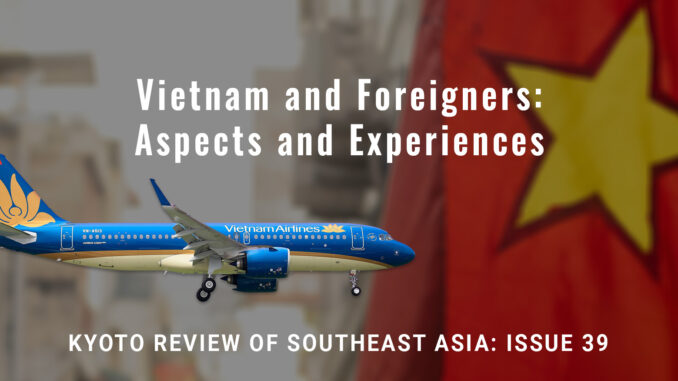
Migration and cultural exchange have been lodestones of the civilization and society in ancient, middle-ages, and modern Vietnam. The cradle of civilization of Vietnam in the BCE days would have been located in the northern Red River Delta. Even at the nascent stage of its civilization had, as historian Corsi pointed out, the region witnessed constant cultural exchanges in three directions – between northern migrants from northern Chinese kingdoms and the locals in the Delta, between the mountain tribes to the Delta’s west and northwest and the Delta, and between the Delta and areas south of it, which was known generally as Champa. 1 In short, migration and cultural exchanges for Vietnam has had a long history, which places Vietnam in a general history of migration of the world. At the same time, modern Vietnamese are also known to have a strong national identity and takes immense pride in being unique, and often tries to distinguish itself from the Chinese culture that had influenced it for two millennia. There has been a historically long process of transplants, transfers, learning, and generally interaction among different cultures in this region and in the history of the country, facilitated by infusions of people from all over the region, of cultural practices, and by occupational forces and globalization.
The history of foreigners’ presence in Vietnam is therefore not a recent issue. Ever since the Age of Exploration, Vietnamese have received western foreigners who have contributed to the development of the economy and Vietnamese culture. The most famous cross-cultural fertilization would be the translation of the Bible into local Vietnamese languages by Father Alexander Rhodes. He used Latin alphabets from his native Portugal language for this translation. In the 20th century the Vietnamese nation ditched the traditional Chinese characters and the Nom script (adaptation that combines Chinese characters with Vietnamese pronunciation) in its education and bureaucratic management in favour of this set of Latin characters. Ironically, in the name of national survival and identify reinforcement, a foreign language played a very important part in the universalization of basic education. Whatever the impact of this replacement, the cross-cultural fertilisation in Vietnam was clearly demonstrated.
However, given that the country was closed to the world outside due to three wars (with France, USA, and China/Kampuchea) from the late 19th to late 20th centuries, a Vietnamese sense of exclusive and uniqueness with regards to its identity has been a function of the closed door and securitization of all aspects of people’s lives, for the war efforts. The Doi Moi process beginning in the mid-1980s could only start when it was close to the end of the war with Kampuchea. Doi Moi started the change to openness, but the impact of the half-century mode of war still has its legacies. Sometimes this sense of exclusiveness, uniqueness, and alert towards the presence of foreigners manifest themselves clearly in the various ways by which Vietnamese people and their government deal with foreigners. A foreigner of Indian ancestry, e.g. reported visiting Dien Bien Phu in 1993 (6 years after Doi Moi began) and was surprised that nobody had ever seen an Indian, dark skinned and all, in the region. 2
Because foreigners are considered guests and Vietnamese hospitality needs to be shown, foreigners are assumed to want the best of services and goods, thus leading to them often charged higher prices for higher or the same standard of quality than those enjoyed by locals or asked to sit separately and served better goods and services. In Hanoi during the war with the USA and before Doi Moi, foreigners were not allowed to live outside designated areas, and foreigners renting normal residents’ homes or rooms were disallowed or frowned upon. 3 Many, many other restrictions prevent foreigners to live like locals, as foreigners were believed to need special, better treatment because of security (for the foreigner) and because of the state’s security needs. Around many conversations and personal encounters, foreigners are approached by locals usually found curious questions that sought to understand as much as possible the background and history of the foreigner. Before there were supermarkets, foreigners in Hanoi had to buy specially imported goods (licenses were needed) if they missed groceries unique to their countries. While such licenses no longer were needed for foodstuffs (except for food safety issues) supermarkets and mini-marts catering to specific groups of foreigners now still exists – the Korean, the Japanese, the Russian, and the foreign Chinese.
It took a number of decades for policies and attitudes to change, as progressive and increased levels of the foreigners’ role in the economy brought necessary adjustments to welcome foreigners. Now, foreigners in Vietnam live anywhere they want except in certain minority areas in faraway provinces, by the border. Vietnamese frequently work well with and accept foreigners into their midst: as business partners, colleagues, customers, tenants, marriage, and love partners etc. Foreigners’ expertise are greatly needed in this emerging economy, and the attitude towards foreigners, as well as goods, services, and living environment for them have also improved. In general, Vietnamese are friendly and hospitable to foreigners.
As a country that has opened its doors for 40 years, the Socialist Republic of Vietnam has also seen a significant amount of immigration for reasons of its economic growth and people-people relations, such as business relationships, friendships, inter-marriages, and the shaping of neighbourhoods friendly to foreigners. Urban, rural, as well as social landscapes have been altered by foreigners’ presence and needs. Foreigner’s experiences in Vietnam in the contemporary era should become a subject of research focus, and it certainly has become a topic of interest among societal members concerned with how to make the environment more hospitable to foreigners in view of national needs in economic growth and development.
The ideas for this special issue of this journal springs from the need to understand how foreigners’ lives are conducted in this relatively new environment. The larger question is how has the Vietnamese environment accommodated foreigners? By “environment” it is meant the arrangement of living conditions and living space (including health care, education, leisure, services such as banking, consumption), and the ease of operating in Vietnam, generally. Underpinning these material phenomena would be seen the general attitudes of the state and society of Vietnam towards foreigners, including increasing trust of foreigners and their freedom to move and live freely in Vietnam.
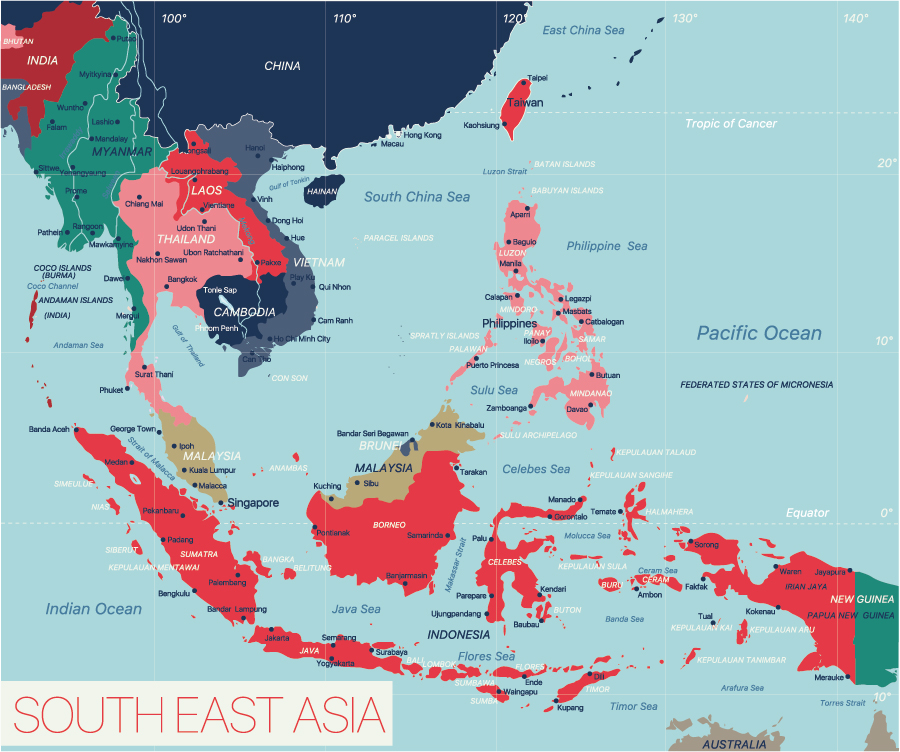
A conceptual beginning
The analysis of foreigners’ lives in societies have long been studied by anthropologists, although many disciplines have use of the same area of data. Phan Thi Hong Xuan et el. (1) in this journal has utilized two well-known approaches in her work: The Acculturation approach, and the Rational Choice approach. According to Phan, acculturation as defined by Robert Redfield, Ralph Linton and Melville Herskovits in “Memorandum for the Study of Acculturation” is understood as phenomena which occurs when individuals from different cultures come into direct, long-term, contact, resulting in subsequent alterations to the cultural identity and practices of one or both individuals.” (Redfield et al., 1936). In this process of alterations, cultural retention and cultural participation become very observable. (Berry 1997). More specifically, chiefly four behavioral traits can be observed in this acculturation process. These are integration, assimilation, separation, and marginalization. Within individuals and among them, tensions and emotions abound (Sam & Berry, 2005) as individuals and groups figure out their place and practices.
A much more direct, straightforward interpretation of our subject is the Rational Choice approach. It recommends seeing social interaction as based on economic (benefits and costs) calculations. They are both the anticipations/causes/explanations as well as the concrete manifestations of choices made in lives. These factors also influence fundamentally social interaction. Cold and calculative, they may not always be occurring on the conscious level but intermittently appear in not just people’s conscious thoughts but also in conversations about migration.
Instead of using theoretical approaches, this special issue’s researchers have adopted an ethnographic approach towards the subject. The main purpose is instead of extensive collection of data and putting them through statistical and conceptual lenses, collectively the researchers are satisfied with and pursue the modest aim of this special issue: to provide materials that would inform further, particularly conceptual and theoretical approach. As such, we leave it to the readers to use the data and views here in collaborative ways with other studies to further illuminate theoretical insights.
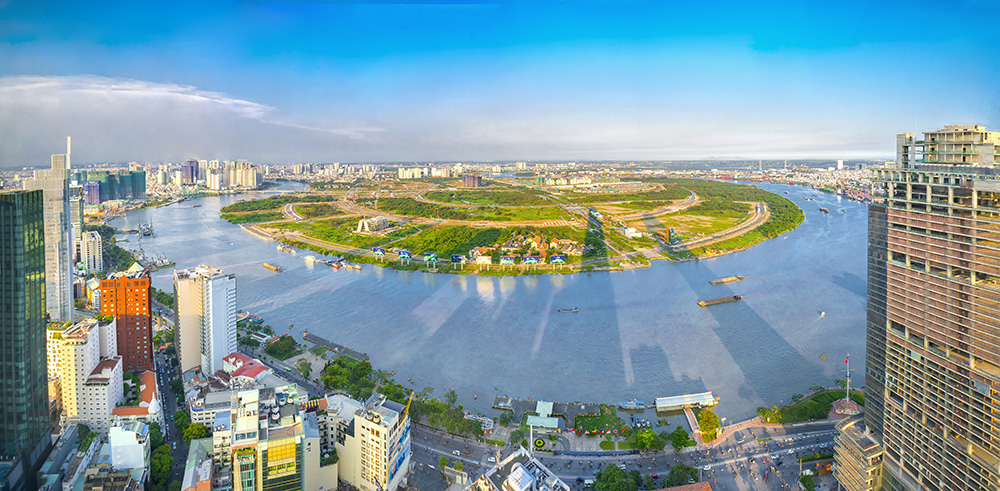
Lower range of questions
Nevertheless, several questions motivated us. In particular, we sought multifaceted answers to the question: How have foreigners’ lives in Vietnam been, and how have foreigners’ presence impacted on Vietnam’s society? From a meeting of researchers interested in this project and were doing work, we identified urbanization and immigration into Vietnam as two key developments to watch.
This Special Issue will have five papers. The first by Hung and Thanh deals with city planning, in particular how the HCM city authority planned to have a township that would become a habitable and hospitable place for foreigners. The poverty of the economy had made Vietnamese cities unbearable places of dilapidated physical and social infrastructure; to attract investments and in particular foreigners to come to Vietnam to help build a market economy, good accommodations were sorely needed. The outcome that is PMH was unprecedented and it became a model township, which nevertheless was on such a scale that it has not been easy to emulate or repeat.
For the purpose of better presentation, Phan Hong Xuan et al’s original paper is delivered into two instalments in this Special Issue. In Phan Hong Xuan et. al (1), the authors surveyed Vietnam-Taiwan marriages, pointed out their historical context and aspects of these marriages, include language and communications, cultural identities and their interaction, and reasons for the recent trend of such couples choosing to settle down in Vietnam rather than in Taiwan. Challenges facing such families are also addressed. Phan Hong Xuan et. al. (2) presents a series of interview notes that evidenced important observations that analysts have drawn up about Vietnam-Taiwan marriages. Out of these multicultural families, their choices about language, cuisines, place of abode, citizenship, and other daily living decisions are illustrated by these interview notes.
Mr. Nguyễn Minh Nhựt (PhD) from the People’s Council of the Ho Chi Minh City authored the last paper in this Special Issue. He provided a perspective from the local government’s management of neighbourhoods in the Phu My Hung Township, and pointed out activities that are organized to engage all residents, which included foreigners deliberately as a way to build cohesive communities. This effort reflects the worries of the Vietnamese government about whether foreigners would add to security worries. Such neighbourhoods with foreigners tended to be described as complex and complicated because of the foreigner element, given that the Vietnamese government usually puts the protection of foreigners at a high priority. However, the activities generally have a soft touch, and are welcome and supported by all residents.
In the process of procuring papers for this Special Issue, suggestions about expanding the scope to include Japanese and Korean residents were also considered. In fact, these topics are worthy of consideration for future exploration given that Korea has become a top investor in Vietnam, and Japan has also become important for its technological help to Vietnam’s industries. Both nationalities, while living in the big cities, have formed neighbourhoods named after their countries, and brought much light and colour to the local community in terms of their food, culture, life practices, and engagement with local people through marriages and other sorts of partnerships. The Chinese from the People’s Republic of China are also not far behind as successive waves of Chinese immigration have established places of abode that can distinctively called Chinatowns, although that term could be a taboo in the official sphere. Similarly, it would be hugely interesting to explore the reasons why Indians have become a huge source of immigration as well, with many of them living in new towns such as Ocean Part I and working for local business and multi-national corporations.
Now it remains for the editor to thank the collective efforts of the authors. Professor Phan Thi Hong Xuan has been particularly supportive when the Editor broached the idea of this Special Issue. She responded to the idea of showcasing Vietnamese research talent and at the same time exploring some issues that she, as an anthropologist, has been concerned with for some time in her research work. She was also instrumental in helping to assemble the contributors and facilitating a number of meetings of contributors. Professor Ngo Minh Hung was quick to commit and was humble in accepting suggestions from the Editor that practically made him and his fellow author Nguyen Bao Thanh rewrite their contribution substantially. Professor Chung Hoang Chuong was an initial participant and he wanted to contribute a paper on Japanese in HCM City. However, an accident that hurt his leg prevented him from active work in this special issue. His goodwill is appreciated, and we would like to use his work to germinate a possible future Special Issue on Japanese in Vietnam. Mr. Nguyen Minh Nhut made a key difference that only he could made, as the paper he wrote was informed by statistics that he could obtain easily, which others could not. Special thanks also go to my student Dang Thu Ha of VinUniversity who spent many hours as my Research Assistant.
Last but not least, a great heap of thanks goes to Professor Pavin Chachavalpongpun for his decisive response in accept the idea of this Special Issue, and for his careful guidance to the Editor.
David KOH
David KOH is currently Senior Lecturer at the College of Arts & Sciences, VinUniversity. The views of the author/s are their own and do not represent the views of VinUniversity or of the institutions that the authors of this volume come from.
Guest Editior: Issue 39, Kyoto Review of Southeast Asia
Main Articles in seven languages
Article 1
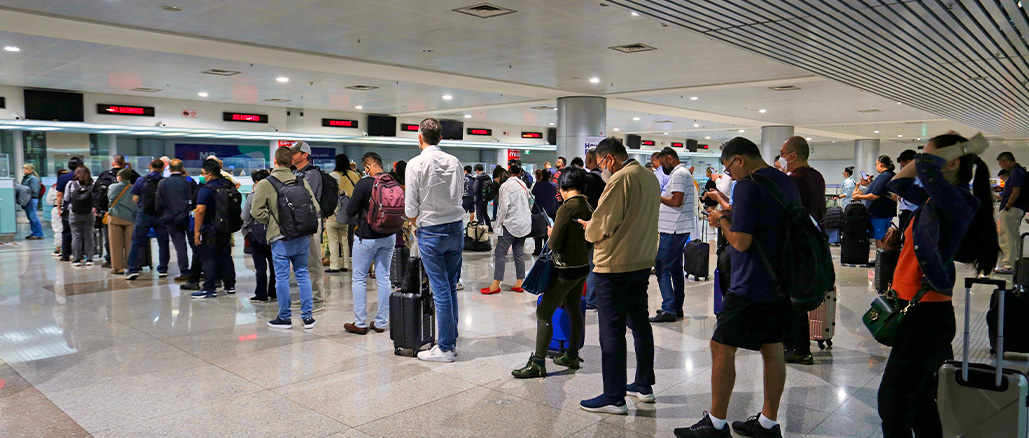
Foreigners’ Lives in Vietnam: A partial ethnographic exploration
Kehidupan Warga Asing di Vietnam: Sebuah Eksplorasi Etnografi Parsial
การดำเนินชีวิตของชาวต่างชาติในเวียดนาม: การสำรวจเชิงชาติพันธุ์วรรณาบางส่วน
ベトナムでの外国人の暮らし:局部的なエスノグラフィー研究
Cuộc sống của người nước ngoài ở Việt Nam: Nghiên cứu dân tộc học một phần
Buhay ng mga Banyaga sa Biyetnam: Isang panimulang etnograpikong pag-aaral
ဗီယက်နမ်ရှိ နိုင်ငံခြားသားများ၏ ဘဝ – လူမျိုးနှင့်ယဥ်ကျေးမှု သရုပ်ခွဲခြင်း (ethnographic) နည်းလမ်းဖြင့် တစိတ်တပိုင်း လေ့လာဖော်ထုတ်ခြင်း
Article 2

Phu My Hung and Thao Dien: Built for foreigners in Ho Chi Minh City
Phu My Hung dan Thao Dien: Dibangun untuk orang asing di Kota Ho Chi Minh
ฝูไหมเฮิงและเถาเดี๋ยน: เมืองที่เพิ่งสร้างเพื่อชาวต่างชาติในนครโฮจิมินห์
ホーチミン市の外国人向けに作られたフーミーフンとタオディエン
Phú Mỹ Hưng và Thảo Điền: Dự án xây dựng cho người nước ngoài ở thành phố Hồ Chí Minh
Phu My Hung at Thao Dien: Itinayo para sa mga Banyaga sa Lungsod ng Ho Chi Minh
ဖူမီဟန် (Phu My Hung) နှင့် သောင်ဒန် (Thao Dien) – ဟိုချီမင်းမြို့တော်တွင် နိုင်ငံခြားသားများအတွက် ဖန်တီးထားသည့် နေရာများ
Article 3
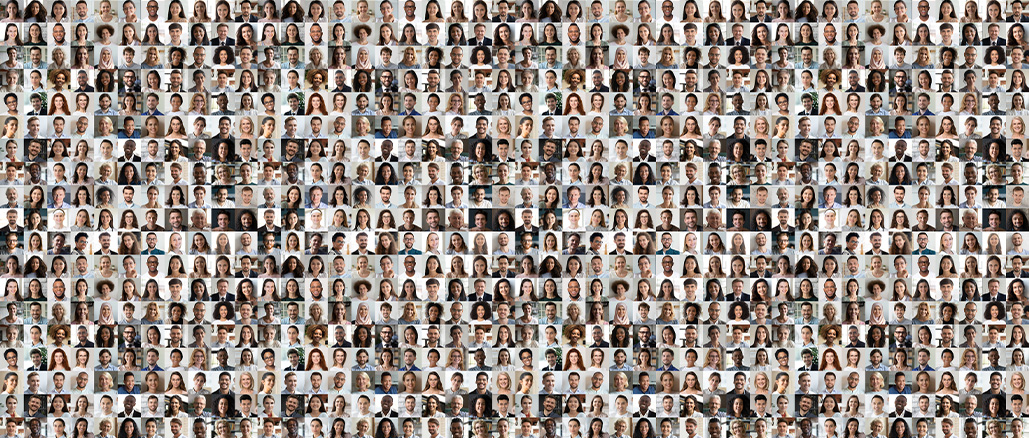
Vietnamese-Taiwanese Multicultural Families: the Taiwan Context
Keluarga Multikultural Vietnam-Taiwan: Konteks Taiwan
ครอบครัวพหุวัฒนธรรมเวียดนาม-ไต้หวัน: บริบทของไต้หวัน
ベトナム人と台湾人の多文化家庭 台湾の状況
Gia đình đa văn hóa Việt-Đài: ở Thành phố Hồ Chí Minh
Mga Multikultural na Pamilyang Vietnamese-Taiwanese: Konteksto ng Taiwan
ဗီယက်နမ်-ထိုင်ဝမ် ယဥ်ကျေးမှုစုံ မိသားစုများ- ထိုင်ဝမ်ရှုထောင်
Article 4
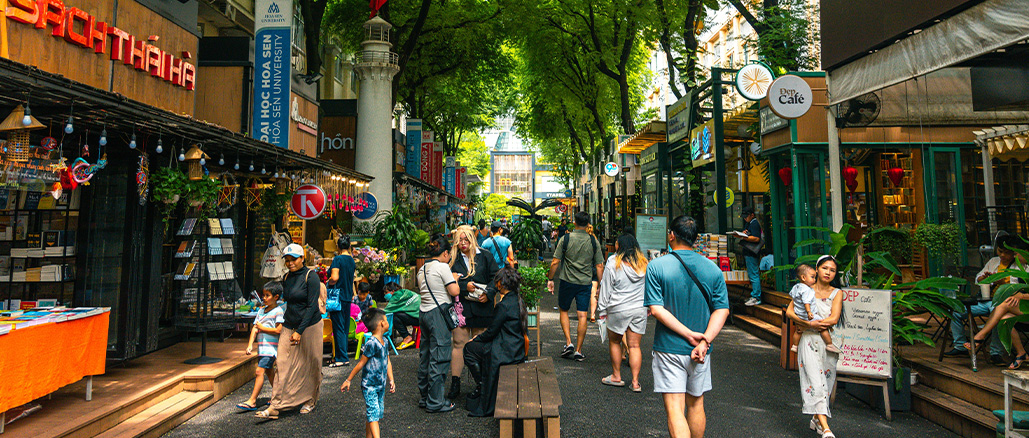
Settling down in HCMC: Experiences of Vietnamese-Taiwanese Multicultural Families
Menetap di Kota Ho Chi Minh: Pengalaman Keluarga Multikultural Vietnam-Taiwan
ลงหลักปักฐานในนครโฮจิมินห์: ประสบการณ์ของครอบครัวพหุวัฒนธรรมเวียดนาม-ไต้หวัน
ホーチミン市への定住:ベトナム人・台湾人の多文化家庭の経験
Định cư tại TP.HCM: Kinh nghiệm của gia đình đa văn hóa Việt – Đài
Paninirahan sa HCMC: Mga Karanasan ng mga Multikultural na Pamilyang Vietnamese-Taiwanese
ဟိုချီမင်းမြို့တော်တွင် အခြေချနေထိုင်ခြင်း – ဗီယက်နမ်- ထိုင်ဝမ် ယဥ်ကျေးမှုစုံ မိသားစုများ
Article 5

Current Cultural Aspects of Life in the Phu My Hung New Township
Aspek Budaya dalam Kehidupan di Kawasan Baru Phu My Hung Saat Ini
แง่มุมทางวัฒนธรรมของการดำเนินชีวิตยุคปัจจุบันในเมืองใหม่ฝูไหมเฮิง
現在のフーミーフン新居住区における生活文化の諸相
Hiện trạng đời sống văn hóa khu đô thị mới phú mỹ hưng, quận 7, thành phố hồ chí minh
Mga pangkulturang aspeto ng buhay sa Bagong Bayan ng Phu My Hung sa kasalukuyan
ဖူမီဟန် မြို့နယ်အသစ်ရှိ လက်ရှိလူနေမှုဘဝ၏ ယဉ်ကျေးမှုဆိုင်ရာ ရှုထောင့်များ
Book Reviews
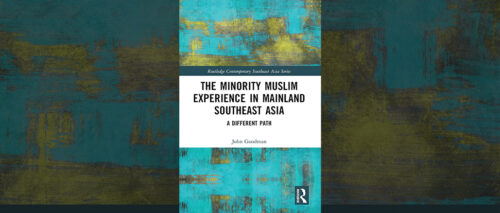 The Minority Muslim Experience in Mainland Southeast Asia: A Different Path The Minority Muslim Experience in Mainland Southeast Asia: A Different PathAuthor: John Goodman Routledge Contemporary Southeast Asia Series) 1st Edition, 2021 Reviewed by Hara Shintaro |
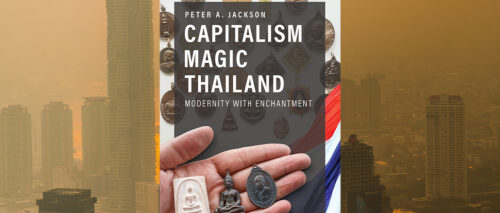 Capitalism, Magic, Thailand: Modernity with Enchantment Capitalism, Magic, Thailand: Modernity with EnchantmentAuthor: Peter A. Jackson ISEAS Publishing, 2022 Reviewed by Giuseppe Bolotta |
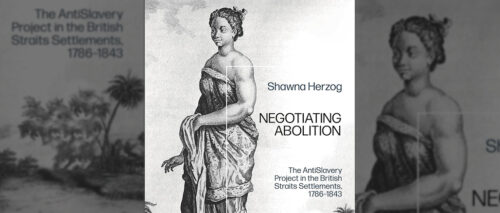 Negotiating Abolition: The Antislavery Project in the British Straits Settlements, 1786-1843 Negotiating Abolition: The Antislavery Project in the British Straits Settlements, 1786-1843Author: Shawna Herzog Bloomsbury Academic, 2021 Reviewed by Scott Abel |
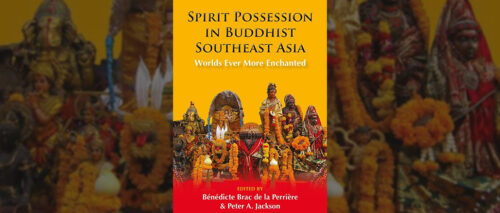 Spirit Possession in Buddhist Southeast Asia: Worlds Ever More Enchanted Spirit Possession in Buddhist Southeast Asia: Worlds Ever More EnchantedEds.: Bénédicte Brac de la Perrière and Peter A. Jackson (Nias-nordic Institute of Asian Studies, 74). Copenhagen: NIAS Press, 2022 Reviewed by Claire Elliot and Justin Thomas McDaniel |
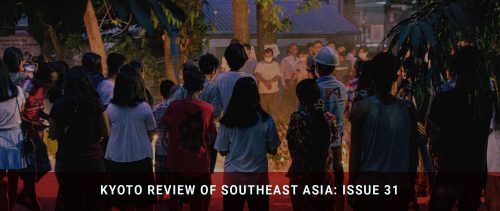 Myanmar’s Transition Stalled: From Opening to Coup Myanmar’s Transition Stalled: From Opening to CoupEds.: Kai Ostwald, & Kyaw Ying Hlaing Center for Southeast Asia Studies, Kyoto University Reviewed by Robert Bociaga |
Notes:
- Phung Hieu Corsi (2018) An Early History of the Vietnamese. Gale Researcher World History Series I p. 2. ↩
- Conversation over dinner with a few foreigner friends, 4 April 2024, in Hanoi, Vietnam. ↩
- In mid-1998 I tried to rent an unused room from a resident in Yen Bai II Street. It was cheaper and saved money, essential for a graduate student whose funds were running low. A deposit and rental for two months were paid to the landlord. After just one night of lodging, the land lady had to cancel the arrangement as the police of the neighbourhood got wind of my presence and had supposedly objected to the arrangement. The money was not returned and I had to move out. ↩

